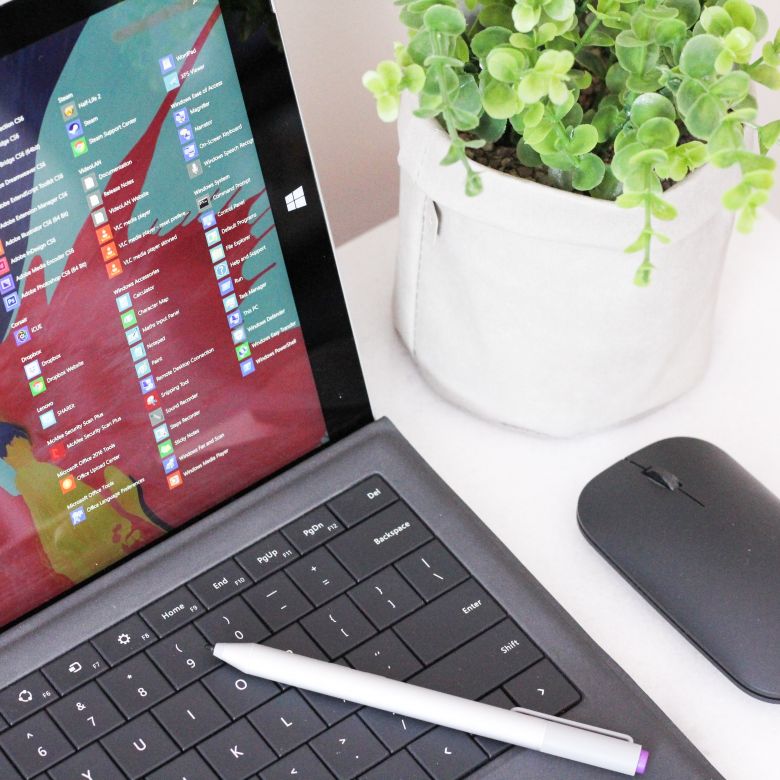The Lenovo Tablet is a new Windows 10 computer that provides a lightweight, portable, and affordable performance. It is the perfect device for the on-the-go lifestyle.
This article discusses how to replace your Windows 10 PC with the Lenovo Tablet. It covers important topics such as what you need to do before upgrading, required steps on upgrading, and finally moving from Windows 10 to the Lenovo Tablet.
The Pros of the Lenovo Tablet Over the Windows 10 Laptop or Desktop
Windows 10 is a great operating system, but not everyone wants to purchase a laptop or desktop. Lenovo has been the best option for those who want to switch from Windows 10 to a tablet or notebook.
The Lenovo Tablet comes with a better screen resolution, speed and battery life. In addition, it features Cortana integration and can run multiple apps at once. It also comes with a variety of accessories that provide great value to the users.
There are many benefits of switching from Windows 10 to a Lenovo Tablet such as reduced power consumption, reduced heating and cooling costs, reduced noise levels and better browsing experience.
How to Set Up & Use Your New Lenovo Tablet in 2 Easy Steps
Lenovo has some great options on their tablets. They have a lot of great features that you will be able to enjoy with your new tablet.
It just takes a few minutes to set up and use your new Lenovo Tablet. All you need is an internet connection and some patience!
The first step is to download the Lenovo Tablet app on your tablet, if it doesn’t already exist. Next, make sure that you have set up a Microsoft account on your laptop. Finally, open the Lenovo tablet app and connect the two devices together!
The Ultimate Guide To The Most Important Settings on Your New Lenovo Tab
keywords: important settings on your new keyboard/tablet, most important settings for your new device) Conclusion
It is important for you to understand the settings on your new device. However, some of the settings might be difficult to find and not well-documented.
Tablet Settings:
- The brightness slider – Adjust the brightness of your screen.
- The volume button – Adjust the volume on your device using a single button without touching your phone’s controls or other hardware.
- Notifications – Enable notifications from apps that require them by swiping down from the top of the screen and tapping “Notifications” in the menu that appears.
- Screen Orientation – Set your tablet’s orientation to automatically adjust for portrait or landscape mode while it is off, or manually change your orientation while it is on by swiping up from any corner of where you want to change it temporarily and then holding it in place.
